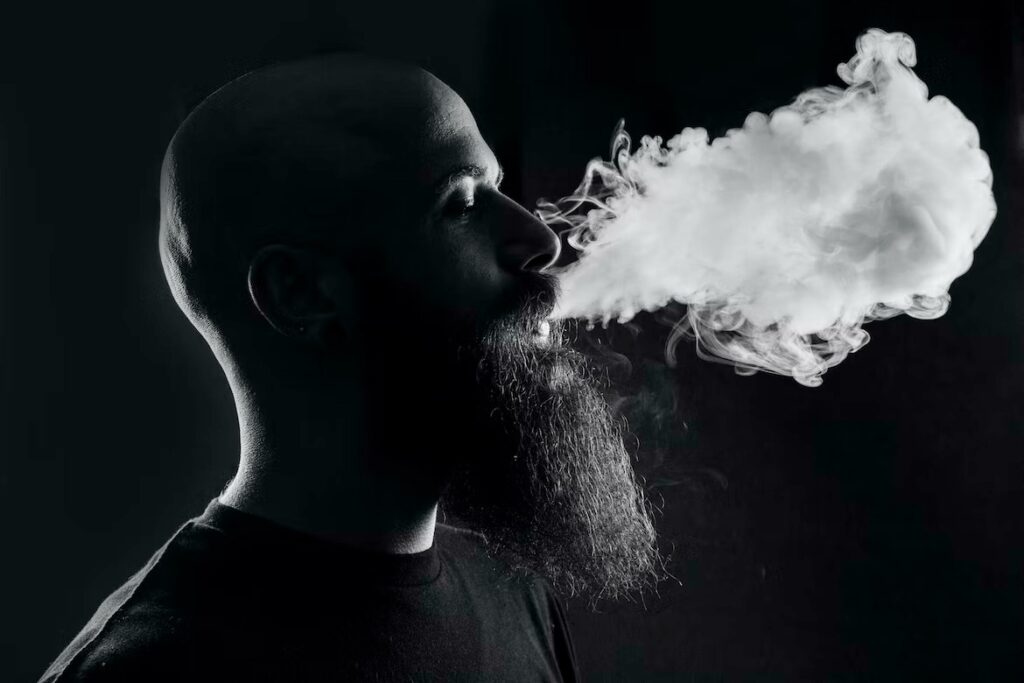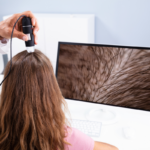Whether you already sport a full beard or are thinking about starting one, you can’t deny that facial hair can dramatically alter a man’s appearance and significantly improve his sense of self.
Did you know that a man will spend roughly five months shaving? Or that Beards have been shown to have health benefits?
These are merely a few exciting things we’ve learned about beards.
Keep reading this article if you want to learn some fascinating and vital beard statistics and facts.
The ultimate symbol of masculinity and style, the beard may hold some surprises for you.
Post Contents
10 Key Beards Statistics
- A 2019 survey found that 62% of American men have a beard or other facial hair.
- By keeping the face warm in cold weather and cool in hot weather, beards can aid in temperature regulation.
- Beards can shield the skin from UV rays, reducing the risk of skin cancer.
- Hans Langseth had the world’s longest beard, measured at 17 feet, 6 inches long.
- According to studies, people frequently find bearded men more attractive and dominant than clean-shaven men.
- In some cultures, such as Sikhism, where the beard is viewed as a symbol of purity and bravery, beards are thought to have spiritual or religious significance.
- For centuries, having a beard has been a sign of strength and masculinity. A beard was once regarded as a symbol of knowledge and power.
- Usually, a beard grows half an inch every month.
- Beards indeed have a higher capacity to hold germs than dog fur. The majority of these microbes, however, are advantageous to your skin’s health and immune function.
- According to studies, bearded men are more likely to obtain positions requiring a graduate degree or specialized training. Therefore, if you’re considering growing your beard, it might give you a competitive advantage at work.
Growth Rates and Other Beard Statistics

Many people are interested in learning more about the growth of facial hair.
It’s interesting to note that not all men can grow a beard for various reasons, some of which will be covered later.
According to studies, 55% of men worldwide can grow beards, compared to about 33% of men in the United States.
But more and more men are deciding to grow their beards.
For instance, men who grew beards in the UK rose from 37% to 42% between 2011 and 2016.
The market for blades and razors has shrunk as more men increase their beards, as evidenced by statistics in the men’s grooming sector statistics.
Under the influence of male hormones such as testosterone, facial hair typically begins to develop during puberty, typically between the ages of 13 and 16.
The upper lip usually extends first, then the sideburns, chin, and cheeks.
Genetics determines the number of hair follicles in men at birth, with some ethnicities having less beard hair than others.
Each person’s beard grows differently, with hair growing in different directions and occasionally forming patterns almost reminiscent of crop circles.
Due to the low angle at which beard hairs emerge from the skin, particularly in the neck region, ingrown hairs are common among men.
With an average diameter of 0.1mm or nearly twice as large as scalp hair, beard hair is coarser and harder than scalp hair.
This frequently makes beards look dry and wiry and feel rough and prickly.
Regular use of a balm or beard oil to condition and nourish beard hair can help to combat this problem.
The average growth rate of a beard is 0.27 mm every 24 hours, and it develops in stages that include a growing phase, a resting phase, and a phase during which hair sheds to make room for new hair.
Beard Statistics on Styles and Trends

Men’s facial hair has always been a style and fashion discussion point.
The full beard is the most popular beard style, followed by the goatee and the stubble beard.
The global market for men’s grooming, including beard care products, is expected to grow due to this trend and reach an astounding $81.2 billion by 2024, growing at a CAGR of 5.3% from 2019 to 2024.
The market for beard care in the United States has been increasing, and by 2023 it is predicted to reach $1.5 billion, with beard oil being the fastest-growing product category.
Products for maintaining beards are popular not just for styling purposes but also for their positive health effects.
According to a Men’s Health magazine survey, short stubble will be the most appealing beard style for men in the future, closely followed by medium stubble.
This is not shocking, considering how simple to maintain and how well they work with most face shapes.
The popularity of the beard trend has been steadily rising over the years and is not just a passing fad.
Between 2016 and 2022, the number of Google searches for “beard styles” increased by an astounding 70%, demonstrating the growth of the beard culture.
Due to the COVID-19 pandemic, more men are working from home and are therefore less required to keep their faces clean-shaven.
As a result, longer and thicker beards are becoming more common.
In recent studies, women are begging to find men with beards more attractive and to be of a higher social status than men who keep their faces clean-shaven.
This might result from the masculinity, wisdom, and maturity associated with beards.
The “ducktail beard,” a traditional, sophisticated style that requires proper grooming and maintenance, was Google’s most popular beard style in 2021.
The “Bandholz beard” and the “anchor beard” followed closely behind, requiring time and effort to grow and maintain.
Beard Hygiene and Health Statistics

Did you know there are benefits beyond vanity when you grow a beard? Beards, it turns out, have their own set of remarkable health advantages.
Beards are remarkably effective at blocking the sun’s rays. Studies show that they can reduce sun damage, wrinkles, and the risk of skin cancer by as much as 90–95%.
A beard can provide up to 21 times more protection from the sun if it is long and thick enough.
According to medical data, clean-shaven men are more likely to harbor infection-causing bacteria on their skin than men who sport beards.
Constant micro-abrasions from shaving can promote bacterial colonization and growth on the cheeks.
In contrast, men who keep facial hair are less likely to be carriers of these bacteria.
Beards and mustaches also act as a physical barriers that can block allergens.
Facial hair may reduce the effects of allergens by making it more difficult for them to enter the body.
Interestingly, in the 1800s, doctors prescribed beards to protect against air pollution, and they thought facial hair prevented harmful bacteria and dirt from entering the body.
Recent research has also demonstrated that beards can help preserve the skin’s moisture by trapping the body’s natural oils.
Facts about beards reveal that facial hair provides a barrier against dryness and redness, allowing the skin to retain its natural moisture and glow.
Conclusion
It’s not surprising that centuries after their introduction, many men still debate whether they should sport a beard.
You can now make an educated decision about facial hair with the help of these beard statistics.
Some people think a beard is attractive, while others think it’s gross.
Everyone has their own opinion on the matter. It should be noted, however, that not everyone can develop a beard.
The inability to grow a full beard may be due to one’s genes, a medical condition, an autoimmune disorder, or ethnicity.
But don’t give up hope! If you want to grow a beard, there are some things you can do to improve your chances.






























